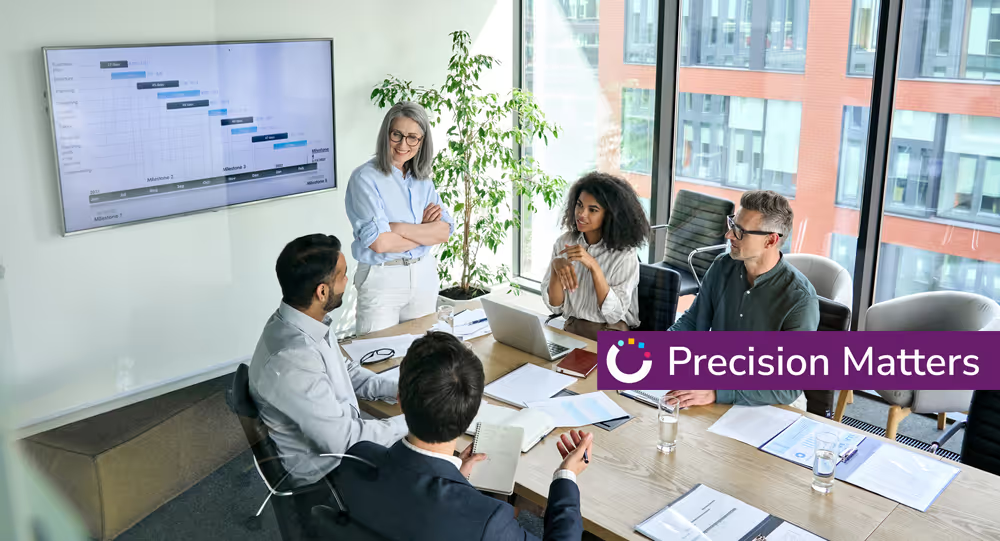As someone who has crossed the age of 50, I’ve faced the challenges and biases that come with being an older worker in today’s fast-paced, technology-driven world. Having spent over 20 years in people development, I’ve seen the immense value that seasoned professionals bring to the table. Yet, this demographic is often overlooked, which is not just a missed opportunity; it’s a strategic misstep. Here’s why investing in older workers is crucial for any forward-thinking organization.
The reality of an aging workforce
The statistics are clear. By 2031, workers aged 55 and older will make up over 25% of the U.S. workforce. Additionally, 41% of American workers plan to work beyond 65. Despite these figures, many companies hesitate to invest in this group, overlooking their wealth of experience and knowledge.
Why experience matters
Seasoned employees bring invaluable experience and a deep understanding of their industries. They’ve navigated complex challenges and can mentor younger colleagues. However, there’s a common misconception that older workers are out of touch with new technologies. This couldn’t be further from the truth. Many have adapted to significant technological changes throughout their careers, from the rise of the internet to AI advancements.
Adaptability and technological proficiency
More experienced workers have lived through numerous technological revolutions—from the introduction of the personal computer to the rise of the internet and now AI. Their adaptability and capacity to learn new tools and technologies have been proven time and again. They are not only capable of understanding and utilizing new technologies but also offer the wisdom to apply these tools effectively within organizational contexts.
Investing in senior development is imperative
Organizations must invest in the ongoing development of their senior employees. Contrary to popular belief, older workers can learn new skills, especially when training is tailored to their needs. Programs that focus on relevant technologies and contemporary skills can ensure that these employees remain competitive and valuable. The Digital Skills Ready@50+ program by Google and AARP, for example, provides targeted training to older workers, helping them stay relevant in today’s job market.
Leveraging institutional knowledge
Older employees should be viewed as mentors and internal coaches. Their extensive knowledge and experience can help shape the next generation of leaders. This mentorship not only benefits younger employees but also fosters a culture of learning and growth within the organization. Companies like BMW and Allianz have implemented programs that integrate older workers and capitalize on their expertise. Using platforms like Growthspace for internal mentoring programs, allows businesses to leverage their experienced in-house talent pool to enhance performance and cultivate a business-critical culture of learning that is truly inclusive.
Creating a culture of inclusion
Organizations must actively work to include older workers in their talent strategies. This involves creating roles that leverage their strengths and providing opportunities for them to contribute meaningfully. Companies like Home Depot and Mitsubishi have created specific programs to recruit and train older workers, recognizing the unique value they bring.
The business case for older workers
Investing in older employees makes good business sense. Research from Bain & Company shows that organizations with age-diverse teams experience lower turnover and higher productivity. Furthermore, companies that support older workers often see improved satisfaction and loyalty.
Adaptability and resilience
Older workers have demonstrated remarkable adaptability and resilience over their careers. These qualities are crucial in today’s fast-changing business environment. Their ability to handle ambiguity and lead with confidence can drive organizations forward, especially during uncertain times.
Retention and engagement
Older employees are typically more loyal and committed. Investing in their development can enhance retention rates and ensure a stable, engaged workforce. Their loyalty translates into a deeper understanding of the company’s goals and stronger alignment with its mission.
Real-world success stories
- Home Depot partnered with AARP to recruit and train workers 55 and older. Within a few months, over 11,000 older workers applied, and more than 1,000 positions were filled.
- Mitsubishi Corp. created a Career Design Center for employees aged 60 and older, offering custom training and job matching. This program has been highly successful, with over 90% of eligible employees rehired by the company or its subsidiaries.
- Tokyo Gas implemented a Grand Career System for all employees over 50, providing career development support and mentoring. This has led to high retention rates among senior employees.
The untapped resource
It’s a misconception that older workers resist change. On the contrary, those over 50 have witnessed and adapted to some of the most significant technological advancements. They’ve transitioned from typewriters to computers, from landlines to smartphones, and now to AI-driven tools. This adaptability is a testament to their resilience and capacity for growth.
Moreover, older employees often bring unparalleled wisdom and a calm, measured approach to problem-solving. This stability can be a grounding force for teams, particularly in high-pressure situations. They offer a different perspective, honed through years of diverse experiences, that can lead to innovative solutions.
Conclusion
Recognizing the untapped potential of older workers is essential. By investing in their development, leveraging their experience, and fostering a culture of inclusion, companies can bridge the talent gap and drive innovation. The demographic shift towards an older workforce is an opportunity to be embraced, not a challenge to be managed.
- Bain & Company. (2022). Better with Age: The Rising Importance of Older Workers. Retrieved from Bain & Company
- Deloitte. (2021). Adaptable by Design: A Future-Focused, Fit-for-Purpose HR Operating Model. Retrieved from Deloitte
This article is part of the Precision Matters series. In the series, HR and L&D leaders share their expert strategies for utilizing Learning & Development tools to craft precise, impactful business outcomes and foster organizational growth.
Ready to turn insights into impact?

















